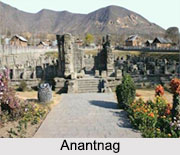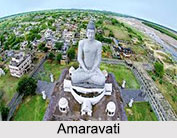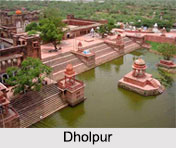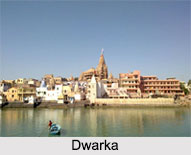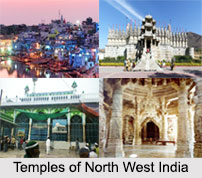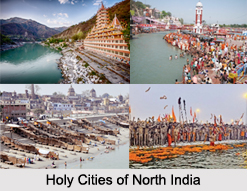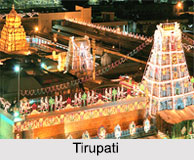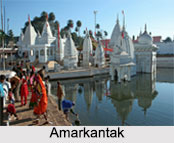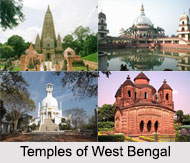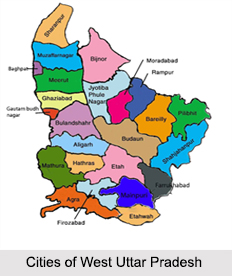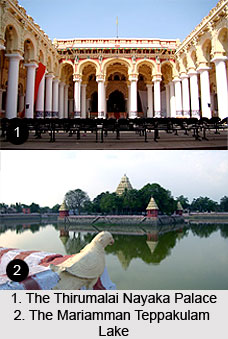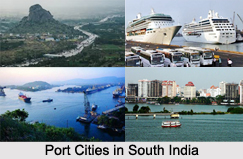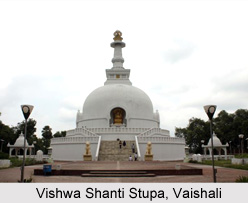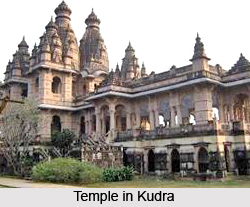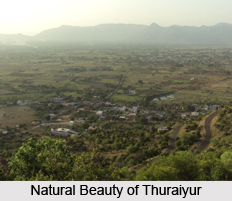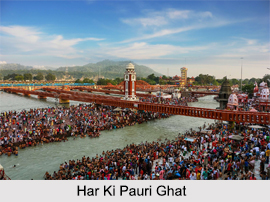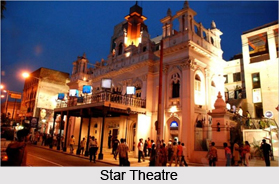 Hatibagan is a historic place for the theatre lovers of old Kolkata after Chitpur. This place is now the urban settlement area in northern part of Kolkata after Shyambazar. Hatibagan is the place where Star Theatre is located. Hatibagan is the shopping destination in Kolkata, especially who are residing in northern fringe of Kolkata. It has both the retail stores and the open air market.
Hatibagan is a historic place for the theatre lovers of old Kolkata after Chitpur. This place is now the urban settlement area in northern part of Kolkata after Shyambazar. Hatibagan is the place where Star Theatre is located. Hatibagan is the shopping destination in Kolkata, especially who are residing in northern fringe of Kolkata. It has both the retail stores and the open air market.
Location of Hatibagan
Hatibagan area is located adjacent to College Street of Kolkata- the Book Street of Kolkata. It is bordered by Shyambazar, Shyampukur and Kashipur. Two major roads those cross through Hatibagan are Bidhan Sarani and Aurobinda Sarani. Hatibagan-Shyambazar broadly covers Ward Nos. 11 and 12 of Kolkata Municipal Corporation.
History of Hatibagan
Hatibagan had the history related with elephants. During the siege of Kolkata before the Battle of Plassey in 1757 against Robert Clive, British East India Company, the elephants of the Nawab Siraj-ud-Daulah were posted here when he attacked Kolkata in 1756. From that time, it is named as Hatibagan. It is also stated that, there lived a rich person with the title "Hati" and that person had a villa with garden in this area, leading to the name. The villa was bought by Mehtab Chand Mullick who initiated the market. The Japanese troops in Second World War had dropped a bomb at Hatibagan market, but it did not explode.
Administration of Hatibagan
Hatibagan is under Shyampukur and Burtalla police stations. It is next to Shyambazar.
Attractions of Hatibagan
Before going to Hatibagan, there is Shimla Street, where the House of Swami Vivekananda is located. The place is popular for its shops, markets, cinema halls and old theatres. No other places in Kolkata cover as many cinema and theatre halls as Hatibagan. One of the most popular and famous cinema halls is the Star Theatre, with many people in north Kolkata choosing to watch films there instead of multiplexes because of its low ticket prices. It was renovated under the strong initiative of Kolkata Municipal Corporation. Hatibagan is one of the oldest traditional markets in Kolkata city, 97 years old in 2009. One can buy Bengal silk and cotton saris here.
Related Articles
Capital Cities of India
Kolkata
History of Kolkata
Shyampukur, Kolkata, West Bengal
Sabarna Roy Choudhury
Ramakrishna Paramahansa
Rajabazar, Kolkata, West Bengal
Early Life of Swami Vivekananda
Mohun Bagan Athletic Club, Indian Football Club
Kolkata, Indian City, West Bengal
Culture of Kolkata
Birla Planetarium, Kolkata
Economy of Kolkata
West Bengal, Indian State
